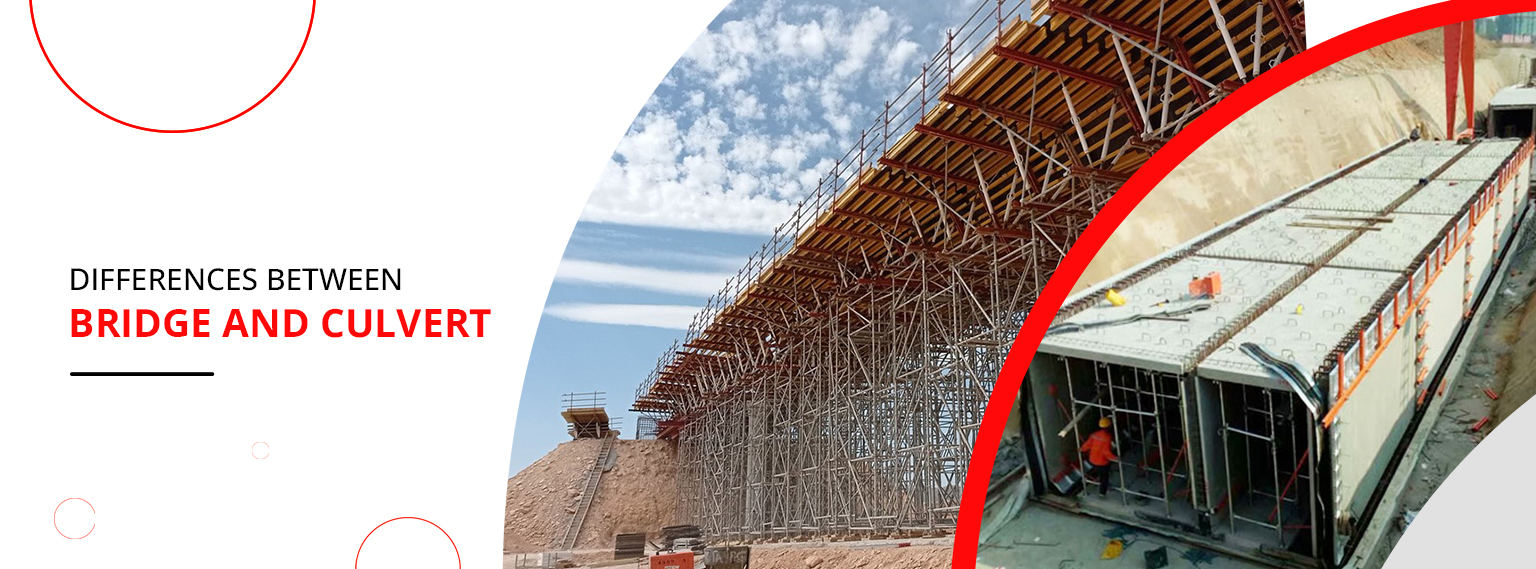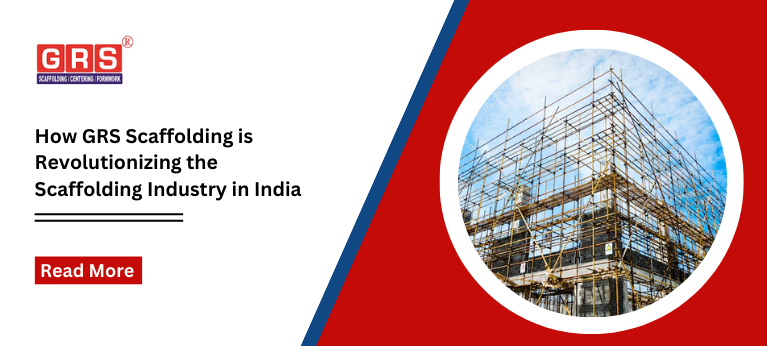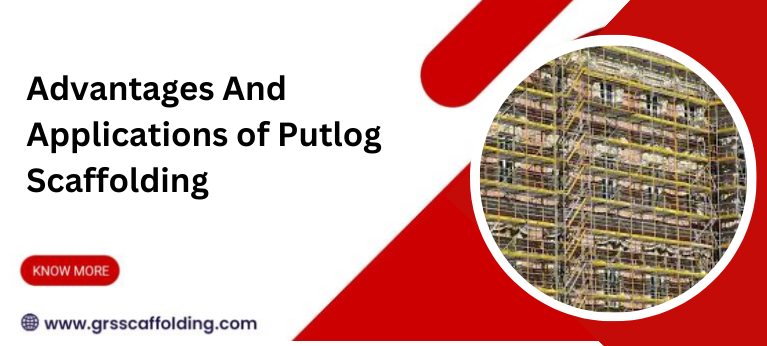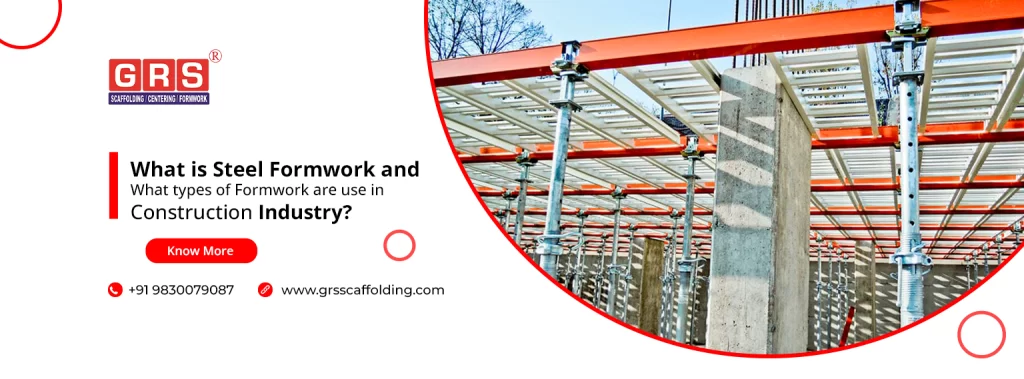Bridges and culverts are essential parts of any road civilization’s Work. Both provide transport, usually over rushing water, and are frequently confused. In This post we shared some basic difference between Bridges and culverts as per number of aspects, including length, purpose, design complexity, building components, and structure.
What is Bridge
A bridge is a structure erected to cross physical barriers such as a body of water, a valley, or a road without closing the path underneath, in order to provide passage over the obstacle.
What is Culvert
A culvert is a structure that directs water around an obstruction or through an underground canal. A culvert is a pipe, reinforced concrete, or other material that is typically embedded such that it is surrounded by dirt.
Difference Between Bridge and Culvert
Both bridges and culverts serve the same objective of giving a transportation route across obstacles, which is why they may appear to be the same, but the span length is what distinguishes the two constructions. Other elements, such as geography and design, differentiate culverts and bridges.
Some other differences between bridges and culverts are given below:
| Bridge | Culvert | |
| 1 | A bridge is a conveyance (for people or vehicles) that spans a big body of water or a physical barrier. | A culvert is generally a tunnel-like structure that allows water to pass under a roadway or railway. |
| 2 | The superstructure (which sustains the weight), substructure (which carries the load to the foundation soil), and deck are the three essential components of a bridge (transfers surface load to other components) | The components of a culvert are comparatively simpler and include concrete boxes or cells (single or multiple), pipes, a top deck or slab and supporting parts. |
| 3 | Bridges with a height of more than 20 feet are built. | Culverts are built at less than 20 feet high over the obstruction. |
| 4 | A bridge can range in length from 6 metres (small bridges) to more than 120 metres (major bridges). | The length of culverts is typically not more than 6 meters. |
| 5 | A bridge’s supporting structures are piers and abutments. | Culverts are usually embedded in the soil which bears the major portion of the culvert load. |
| 6 | There is no floor on a bridge. | A culvert is an enveloping structure that consists of two sides, a roof, and a floor. |
| 7 | When constructing a bridge, it is critical to have a sturdy and deep foundation. The bridge is supported by a foundation that runs the length of the bridge.. | No deep foundation is required for a culvert. |
| 8 | A bridge is usually a straight and linear path. | Culverts are totally enclosed structures that can be semi-circular, rectangular, elliptical or pear-shaped. |
| 9 | A bridge’s structure and design are extensive and complex, hence its construction necessitates a large expenditure. | The construction of a culvert can be done with a low budget. |
| 10 | Bridges are normally built on the spot or in tiny sections before being transported. | Culverts can be pre-constructed or built at the site (in situ culverts). |
| 11 | Bridge construction takes a long period and a lot of personnel. | Culverts are simpler in structure and design, so it can be constructed with less time and labor. |
| 12 | Bridges offer a more convenient mode of transportation that saves time and distance. | Culverts prevent water logging, flood, and erosion, and allows water to flow its natural course under a roadway or railway. |
| 13 | Bridges offer a more convenient mode of transportation that saves time and distance. | A culvert is constructed when water needs to be conveyed through tunnels or channels under a roadway. |
| 14 | Bridges can handle the weight of fast-moving automobiles. | Some culverts, like box culverts, have sharp corners that are unsuitable for high-velocity vehicles. |
| 15 | The only way to get around is to cross the bridge’s deck. | A culvert can be constructed to accommodate roadways both over and under the deck (e.g. a culvert built over another road or railway). |



